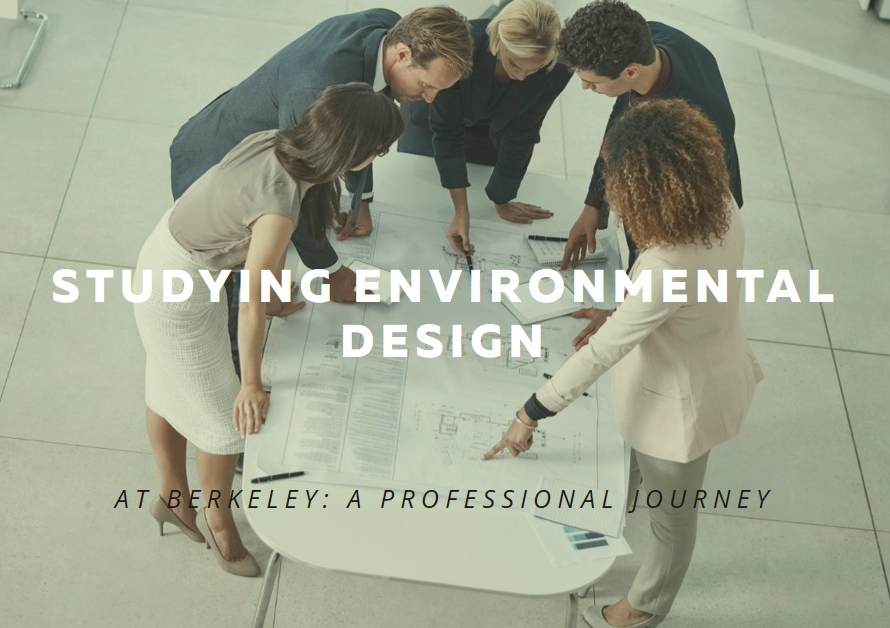
Table of Contents
Unveiling the Dimensions: A Comprehensive Guide to 3D Visualization
In the ever-evolving landscape of design and technology, 3D visualization stands as a cornerstone, revolutionizing the way we perceive and interact with virtual environments. From architecture to gaming, advertising to healthcare, its applications are as diverse as they are impactful. But what exactly is 3D visualization, and why does it matter? In this comprehensive guide, we delve into the intricacies of 3D visualization, exploring its fundamentals, applications, benefits, and future prospects.
Understanding the Fundamentals
At its core, 3D visualization is the process of creating three-dimensional representations of objects or scenes using computer-generated imagery (CGI). Unlike traditional two-dimensional imagery, 3D visualization adds depth, realism, and interactivity, offering a more immersive experience for users. This is achieved through the use of specialized software and techniques that simulate the physical properties of light, texture, and perspective.
One of the key components of 3D visualization is modeling, where digital representations of objects or environments are created using geometric shapes such as polygons, curves, and surfaces. These models serve as the building blocks for the virtual world, defining its structure, form, and spatial relationships. Additionally, 3D visualization involves texturing, where surfaces are adorned with realistic materials and textures to enhance their visual appeal and authenticity.
Applications Across Industries
The versatility of 3D visualization transcends industry boundaries, finding applications in a myriad of fields. In architecture and real estate, 3D visualization enables architects and designers to create lifelike renderings of buildings and interiors, allowing clients to visualize projects before they are built. This not only streamlines the design process but also facilitates better communication and decision-making.
Moreover, 3D visualization plays a crucial role in product design and prototyping, providing designers with the ability to iterate and refine their concepts in a virtual environment before production. This not only reduces time and costs but also allows for more creative experimentation and innovation. In the field of entertainment and gaming, 3D visualization brings virtual worlds to life, immersing players in captivating and interactive experiences.
Benefits of 3D Visualization
The adoption of 3D visualization offers a plethora of benefits across various domains. One of the primary advantages is enhanced communication and collaboration. By visualizing concepts and ideas in three dimensions, stakeholders can gain a clearer understanding of design intent, leading to more informed decision-making and consensus-building. This is particularly valuable in industries such as architecture and engineering, where complex spatial relationships need to be conveyed effectively.
Furthermore, 3D visualization enables greater flexibility and agility in the design process. Unlike traditional methods that rely on physical prototypes or models, 3D visualization allows for quick iterations and modifications, empowering designers to explore multiple design alternatives rapidly. This not only accelerates the design cycle but also fosters creativity and innovation by removing the constraints imposed by traditional mediums.


Challenges and Considerations
While 3D visualization offers numerous advantages, it is not without its challenges and considerations. One of the primary challenges is the technical complexity associated with creating realistic and immersive visualizations. Achieving lifelike lighting, textures, and animations requires specialized skills and knowledge of 3D software and rendering techniques. Moreover, as technology continues to evolve, staying abreast of the latest advancements and trends in 3D visualization becomes imperative for professionals in the field.
Another consideration is the hardware and software requirements for 3D visualization projects. High-fidelity renderings and animations demand significant computational resources, including powerful hardware such as graphics processing units (GPUs) and sufficient storage capacity. Additionally, the choice of software tools and platforms can have a significant impact on workflow efficiency and project outcomes, necessitating careful evaluation and selection based on project requirements and budget constraints.
Emerging Trends and Future Outlook
As technology continues to advance, the future of 3D visualization appears increasingly promising. One of the emerging trends is the integration of 3D visualization with immersive technologies such as virtual reality (VR) and augmented reality (AR). By combining 3D models with VR and AR environments, users can experience virtual spaces in a more immersive and interactive manner, opening up new possibilities for training, simulation, and entertainment.
Moreover, the democratization of 3D visualization tools and platforms is making it more accessible to a broader audience. With the advent of cloud-based rendering services and user-friendly software interfaces, individuals and organizations can create high-quality visualizations with minimal technical expertise. This democratization is fueling innovation and creativity across various industries, democratization is fueling innovation and creativity across various industries, democratization is fueling innovation and creativity across various industries, democratization is fueling innovation and creativity across various industries.
Conclusion
In conclusion, 3D visualization is a powerful tool that has transformed the way we design, communicate, and experience virtual environments. From its humble beginnings to its current ubiquity across industries, 3D visualization continues to push the boundaries of creativity and innovation. By understanding its fundamentals, exploring its applications, and embracing emerging trends, individuals and organizations can unlock new possibilities and harness the full potential of 3D visualization in their respective fields. As technology continues to evolve and democratize, the future of 3D visualization holds immense promise, paving the way for a more immersive, interactive, and visually compelling digital world.


